Home>Gardening & Outdoor>Landscaping Ideas>When To Plant Grass In Massachusetts In Spring
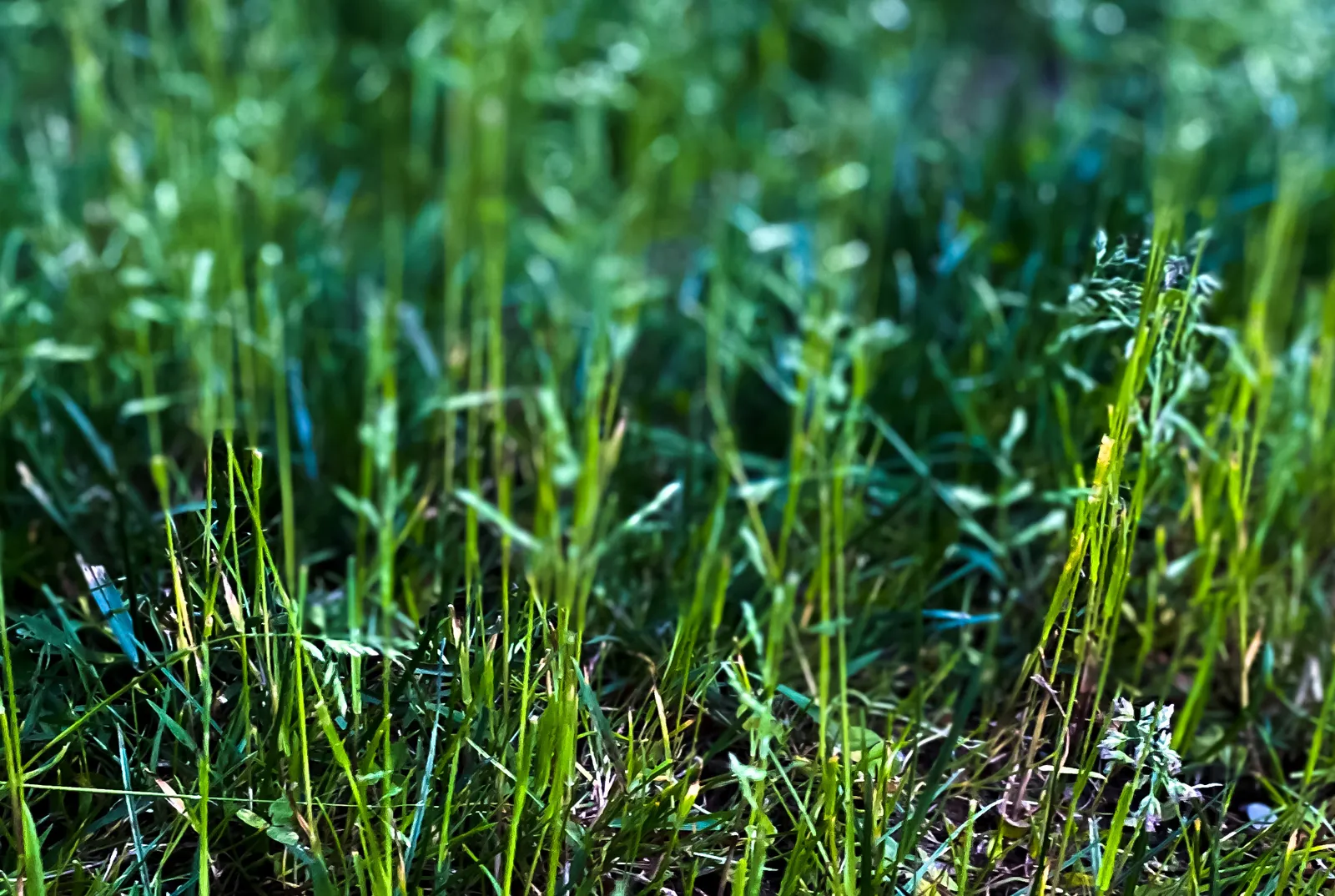

Landscaping Ideas
When To Plant Grass In Massachusetts In Spring
Modified: March 28, 2024
Looking for landscaping ideas in Massachusetts? Learn when to plant grass in spring and create a lush, vibrant lawn with our expert tips. Discover the best time for landscaping in Massachusetts!
(Many of the links in this article redirect to a specific reviewed product. Your purchase of these products through affiliate links helps to generate commission for Storables.com, at no extra cost. Learn more)
Best Time to Plant Grass in Massachusetts
When it comes to achieving a lush and vibrant lawn in Massachusetts, timing is crucial. The best time to plant grass in Massachusetts is during the spring season. This typically falls between mid-April and late May, when the soil temperature reaches around 55 to 65 degrees Fahrenheit. Planting during this window allows the grass seeds to germinate and establish strong root systems before the hot and dry conditions of summer set in.
Spring offers the ideal combination of mild temperatures and ample moisture, creating optimal conditions for grass seed germination and growth. By planting in the spring, you give your grass the best chance to thrive and develop a healthy, robust root system that can withstand the challenges of the upcoming summer months.
In Massachusetts, the spring season also provides an opportunity to address any lawn damage that may have occurred during the winter. By planting grass in the spring, you can rejuvenate your lawn and fill in any bare or thin areas, ensuring a more uniform and attractive appearance as the growing season progresses.
By choosing the right time to plant grass in Massachusetts, you set the stage for a resilient and visually appealing lawn that will enhance the beauty of your outdoor space.
Key Takeaways:
- The best time to plant grass in Massachusetts is during spring, between mid-April and late May, for optimal growth and resilience before the summer heat.
- Before planting grass in Massachusetts, consider soil type, grass species, microclimates, weed and pest control, and maintenance commitment for a thriving lawn.
Read more: When To Plant Grass In Massachusetts
Factors to Consider Before Planting
Before embarking on the journey of planting grass in Massachusetts, it’s essential to consider several key factors to ensure successful establishment and long-term vitality of your lawn.
- Soil Type: Massachusetts features diverse soil types, including loam, clay, and sandy soils. Understanding your soil composition is crucial, as it influences drainage, nutrient retention, and overall grass growth. Conduct a soil test to determine its pH and nutrient levels, allowing you to make informed decisions about soil amendments and grass seed selection.
- Grass Species: Selecting the right grass species for your specific location and usage requirements is paramount. Massachusetts’s climate and environmental conditions favor cool-season grasses such as Kentucky bluegrass, fine fescue, and perennial ryegrass. Each grass species has unique characteristics, including shade tolerance, drought resistance, and maintenance needs, so choose wisely based on your lawn’s unique attributes.
- Microclimates: Massachusetts encompasses diverse microclimates, from coastal regions to inland areas, each with its own temperature and moisture patterns. Consider the microclimate of your location to determine the most suitable grass species and planting times for optimal growth and resilience.
- Weed and Pest Control: Assess the prevalence of weeds and pests in your area to develop a proactive strategy for weed control and pest management. Preparing the soil and implementing integrated pest management practices can help mitigate potential challenges and promote a healthier lawn.
- Maintenance Commitment: Evaluate your available time and resources for lawn maintenance, as different grass species have varying maintenance requirements. Consider factors such as mowing frequency, irrigation needs, and fertilization to align with your maintenance capabilities and preferences.
By carefully considering these factors before planting grass in Massachusetts, you can lay a solid foundation for a thriving and resilient lawn that enhances the beauty and functionality of your outdoor environment.
It is best to plant grass in Massachusetts in the spring when the soil temperature reaches around 55-65°F. This usually occurs in April or May, allowing the grass to establish before the heat of summer.
Steps to Planting Grass in Massachusetts
Embarking on the journey of planting grass in Massachusetts involves several essential steps to ensure successful establishment and long-term vitality of your lawn. By following these steps, you can set the stage for a lush and resilient grass cover that enhances the beauty of your outdoor space.
- Prepare the Soil: Begin by preparing the soil to create an optimal environment for grass seed germination and growth. Remove any debris, such as rocks and existing vegetation, and till the soil to loosen it for better seed-to-soil contact.
- Conduct a Soil Test: Perform a soil test to assess the pH and nutrient levels of the soil. Based on the test results, amend the soil as needed to create a balanced and fertile substrate for grass seed establishment.
- Select the Right Grass Seed: Choose high-quality grass seed that is well-suited to Massachusetts’s climate and environmental conditions. Consider factors such as shade tolerance, drought resistance, and intended usage to select the most suitable grass species and cultivars for your lawn.
- Sow the Seeds: Evenly distribute the grass seed over the prepared soil using a broadcast spreader or by hand. Ensure proper seed-to-soil contact by lightly raking the seeds into the soil surface, followed by gentle compaction to promote germination.
- Apply Fertilizer: Consider applying a starter fertilizer to provide essential nutrients for the newly emerging grass seedlings. Choose a fertilizer with a balanced formulation to support healthy root development and initial growth.
- Water Thoroughly: After sowing the grass seed, water the area thoroughly to initiate the germination process. Keep the soil consistently moist but not waterlogged to support seedling establishment. Monitor the moisture levels closely, especially during dry periods.
- Maintain Consistent Care: As the grass seedlings emerge and grow, provide consistent care, including regular watering, mowing, and weed control. Avoid heavy foot traffic on the newly seeded area to allow the grass to establish strong root systems.
By diligently following these steps to plant grass in Massachusetts, you can create a resilient and visually appealing lawn that enhances the beauty and functionality of your outdoor living space.
Tips for Maintaining a Healthy Lawn
Maintaining a healthy and vibrant lawn in Massachusetts requires ongoing care and attention to ensure its long-term vitality. By implementing effective maintenance practices, you can nurture a lush and resilient grass cover that enhances the beauty of your outdoor environment. Here are valuable tips for maintaining a healthy lawn in Massachusetts:
- Regular Mowing: Keep your grass at an optimal height by mowing it regularly, following the one-third rule, which recommends removing no more than one-third of the grass blade length in a single mowing session. Adjust the mowing height based on the grass species and seasonal conditions to promote healthy growth.
- Proper Watering: Water your lawn deeply and infrequently to encourage deep root growth and drought tolerance. Early morning is the best time to water, allowing the grass to dry before evening and minimizing the risk of disease. Adjust the watering frequency based on rainfall and seasonal moisture levels.
- Fertilization: Apply fertilizers at the appropriate times to provide essential nutrients for grass growth. Consider using slow-release fertilizers to promote steady and sustained nutrition for your lawn. Be mindful of local regulations and environmental considerations when applying fertilizers.
- Weed Control: Implement proactive weed control measures to prevent the establishment of invasive weeds. Regularly inspect your lawn for weeds and address them promptly using targeted treatments or manual removal. Maintaining a dense and healthy grass cover can naturally suppress weed growth.
- Aeration: Periodically aerate your lawn to alleviate soil compaction and promote better air, water, and nutrient penetration to the grass roots. Core aeration helps improve the overall health and vigor of the turf, particularly in high-traffic areas.
- Overseeding: Consider overseeding your lawn to introduce new grass seed into existing turf, promoting denser growth and filling in thin or bare areas. Choose high-quality grass seed that complements the existing grass species for improved resilience and visual appeal.
- Integrated Pest Management: Adopt an integrated approach to pest management, focusing on preventive cultural practices and targeted treatments to minimize pest damage while safeguarding beneficial organisms and the environment.
By integrating these tips into your lawn care routine, you can nurture a vibrant and resilient lawn that thrives in the diverse climate and environmental conditions of Massachusetts, creating a welcoming and visually appealing outdoor space for your enjoyment.
Frequently Asked Questions about When To Plant Grass In Massachusetts In Spring
Was this page helpful?
At Storables.com, we guarantee accurate and reliable information. Our content, validated by Expert Board Contributors, is crafted following stringent Editorial Policies. We're committed to providing you with well-researched, expert-backed insights for all your informational needs.
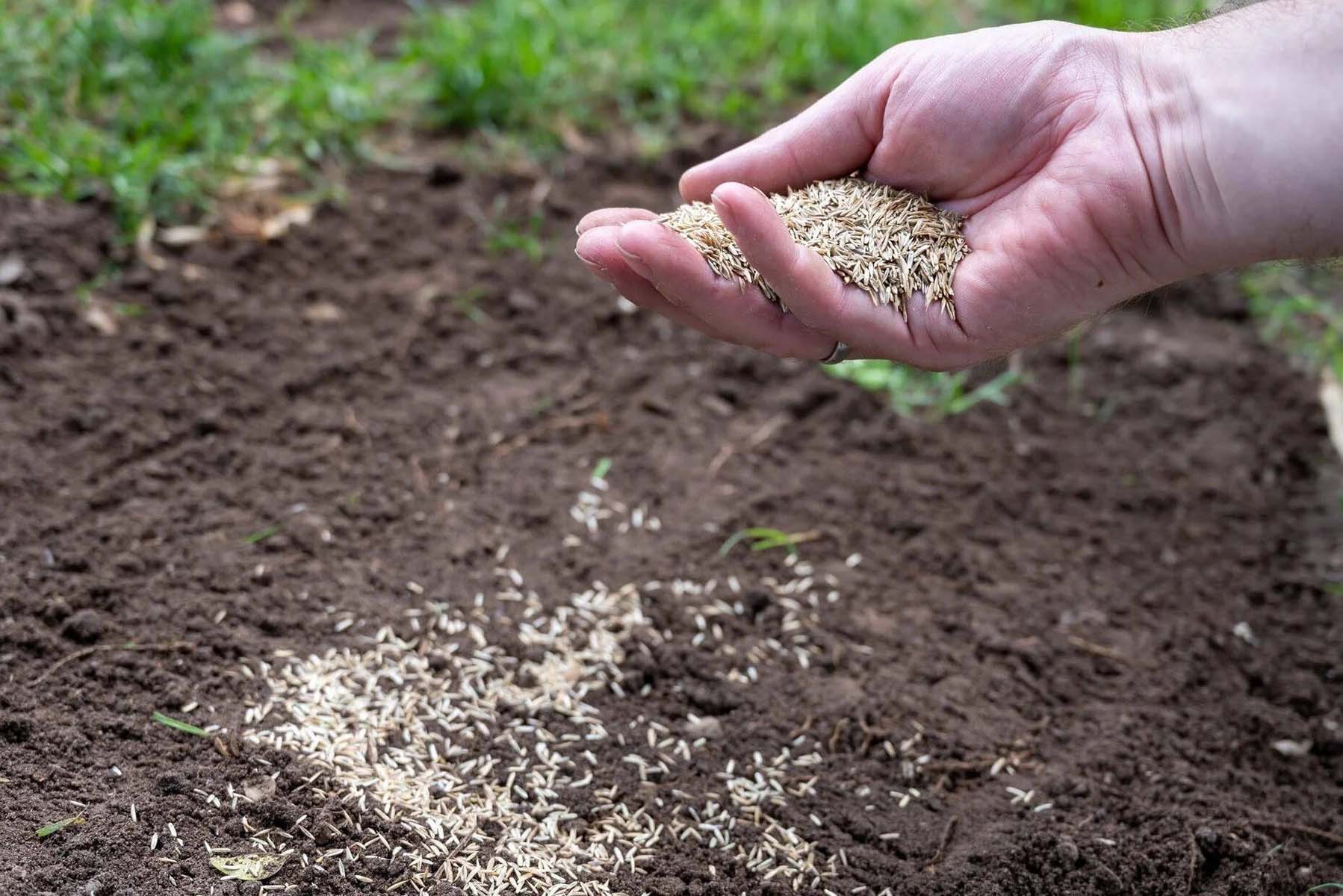
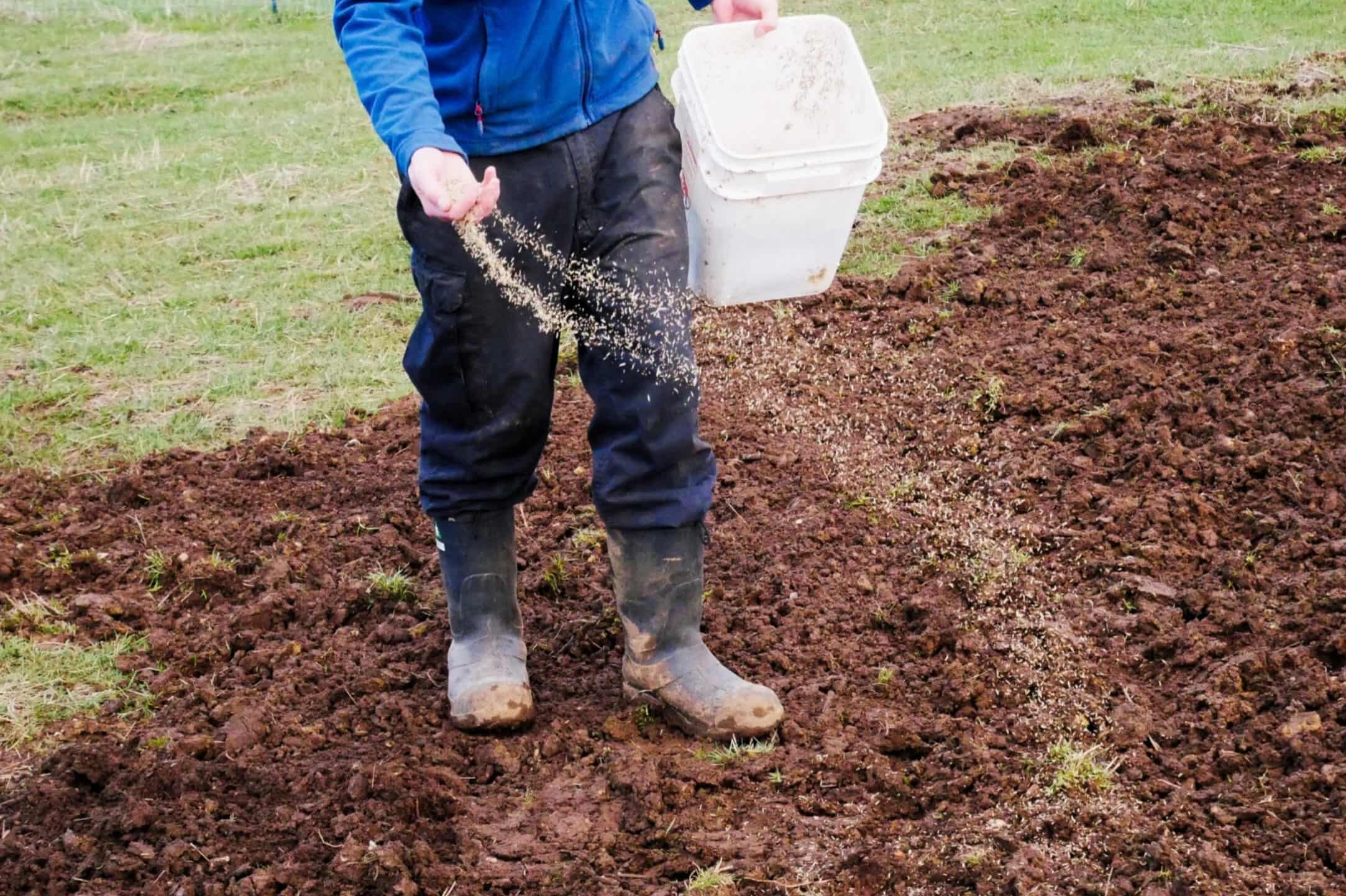
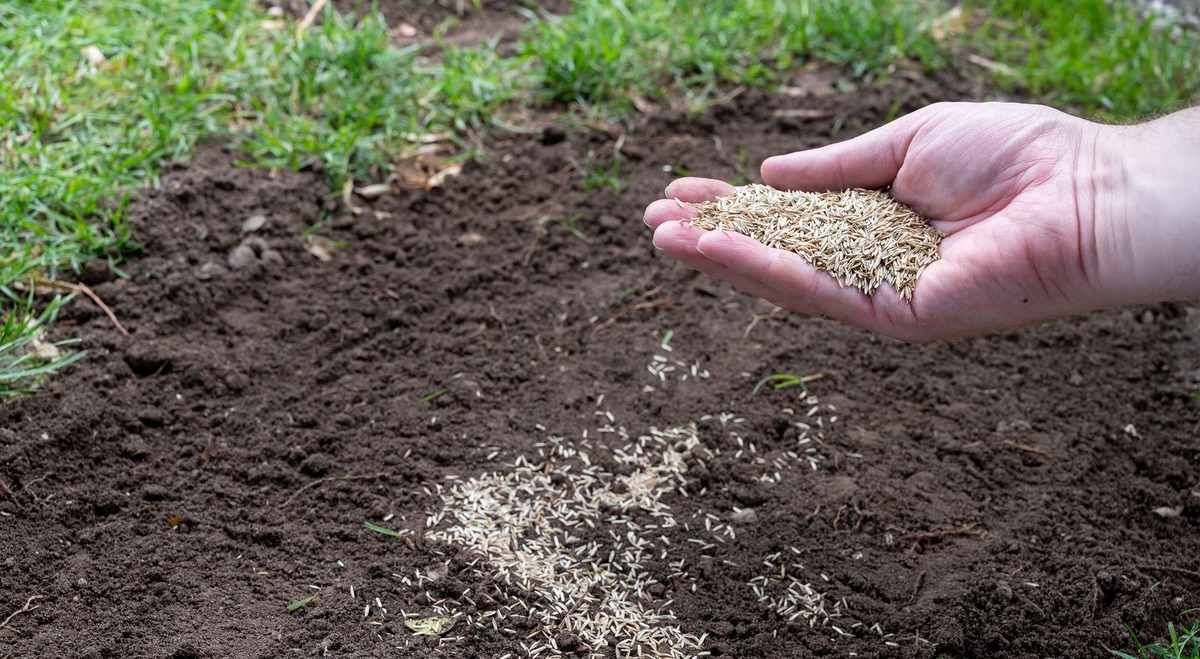
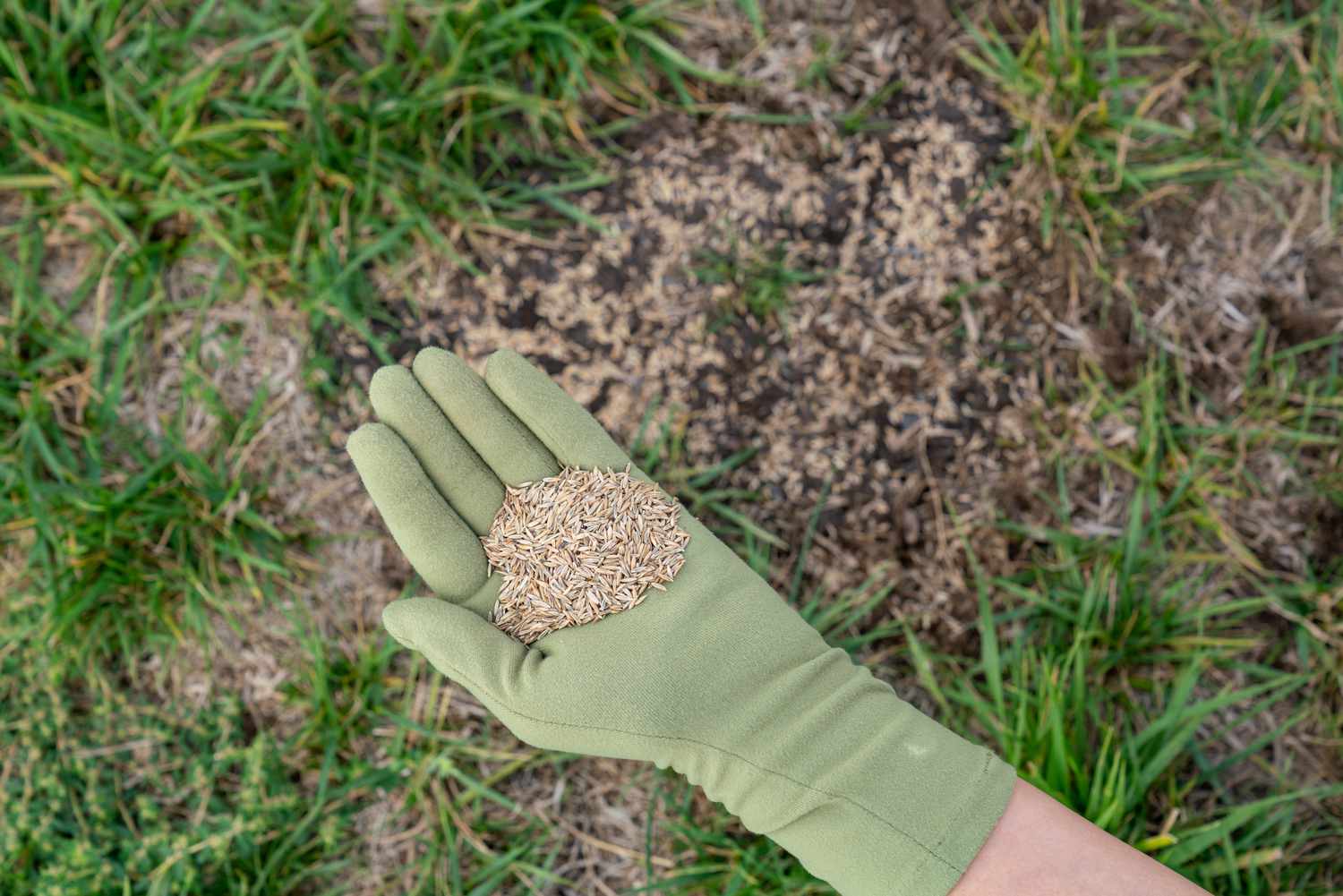

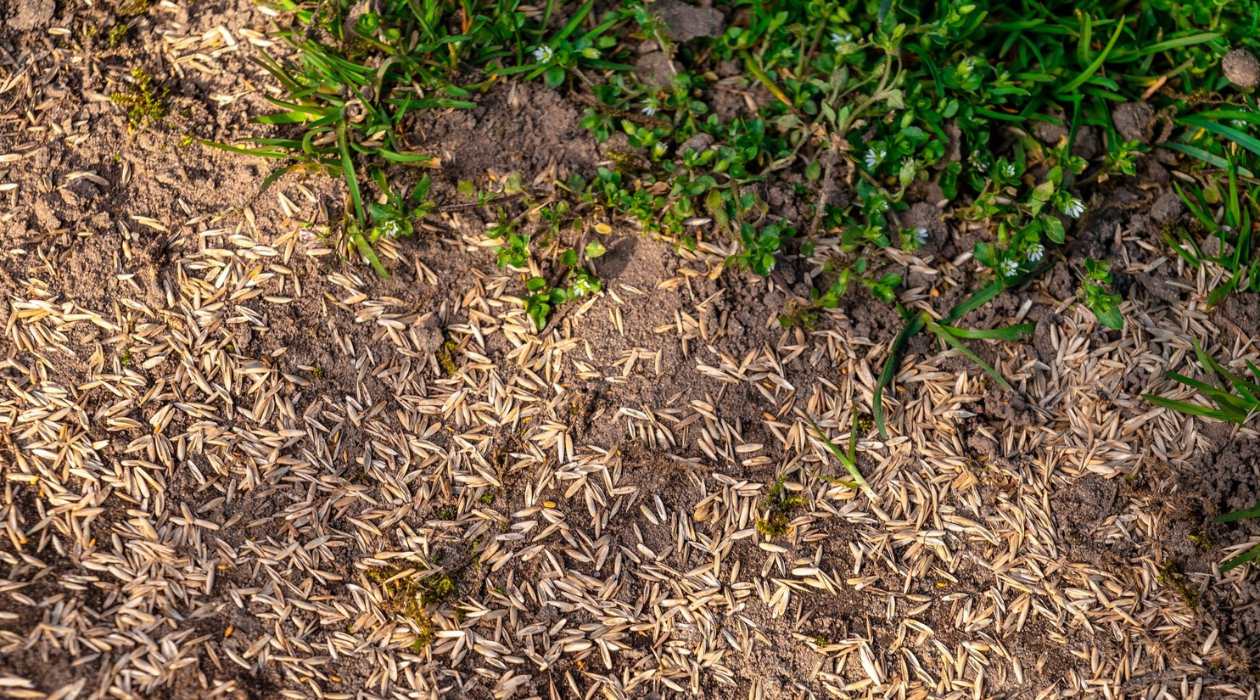


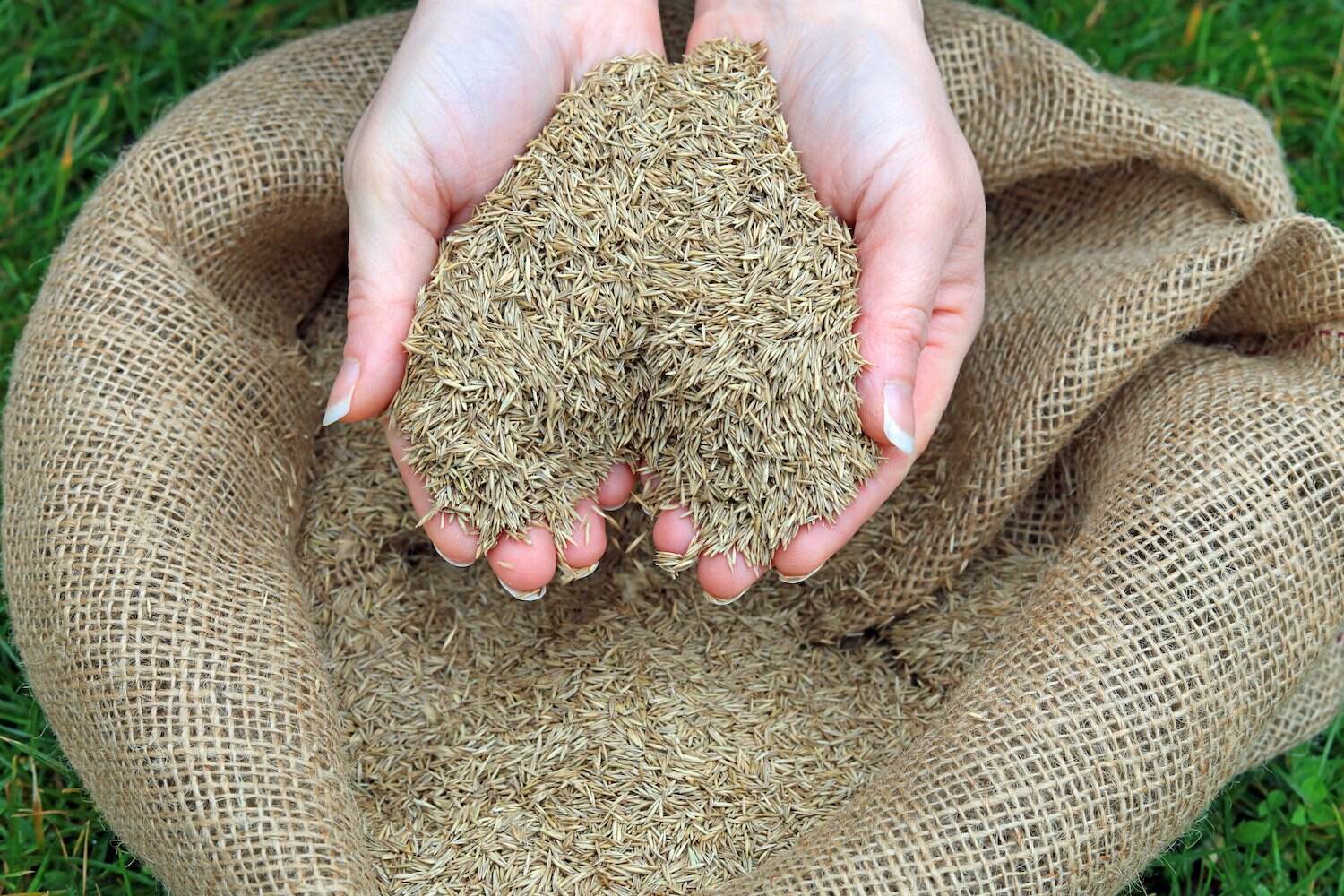
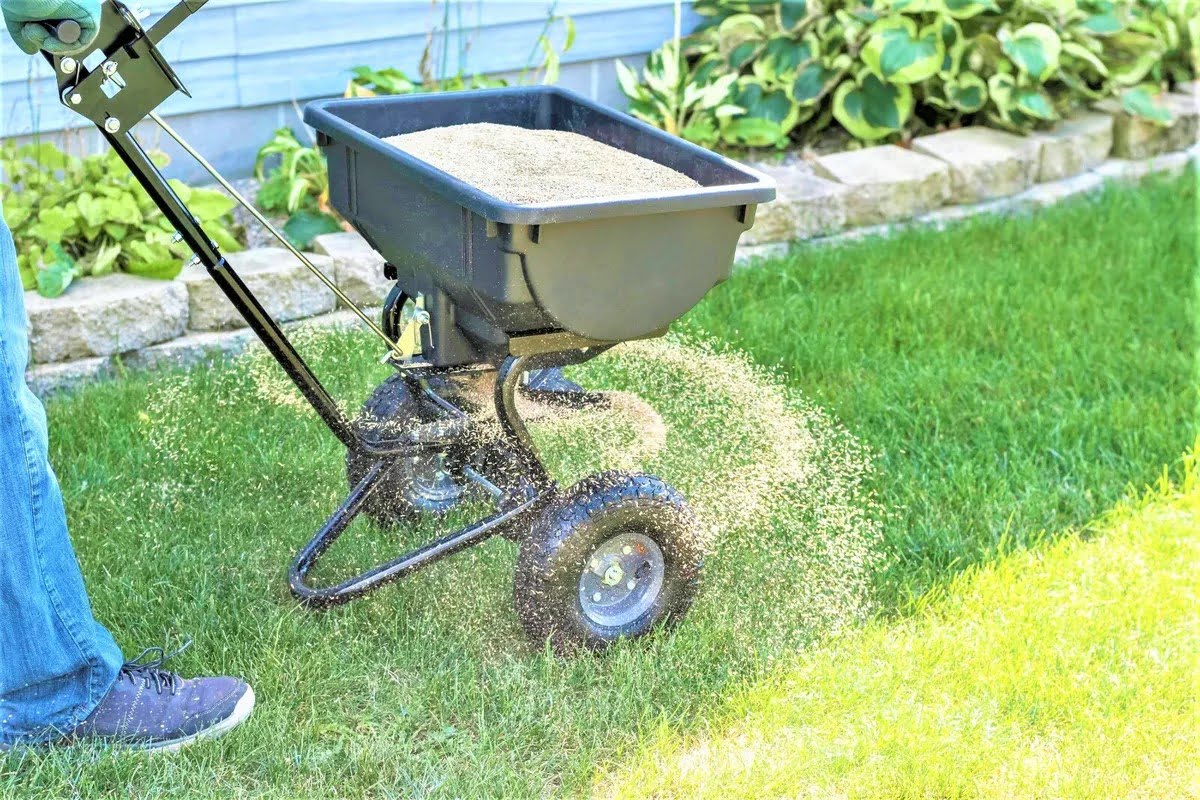


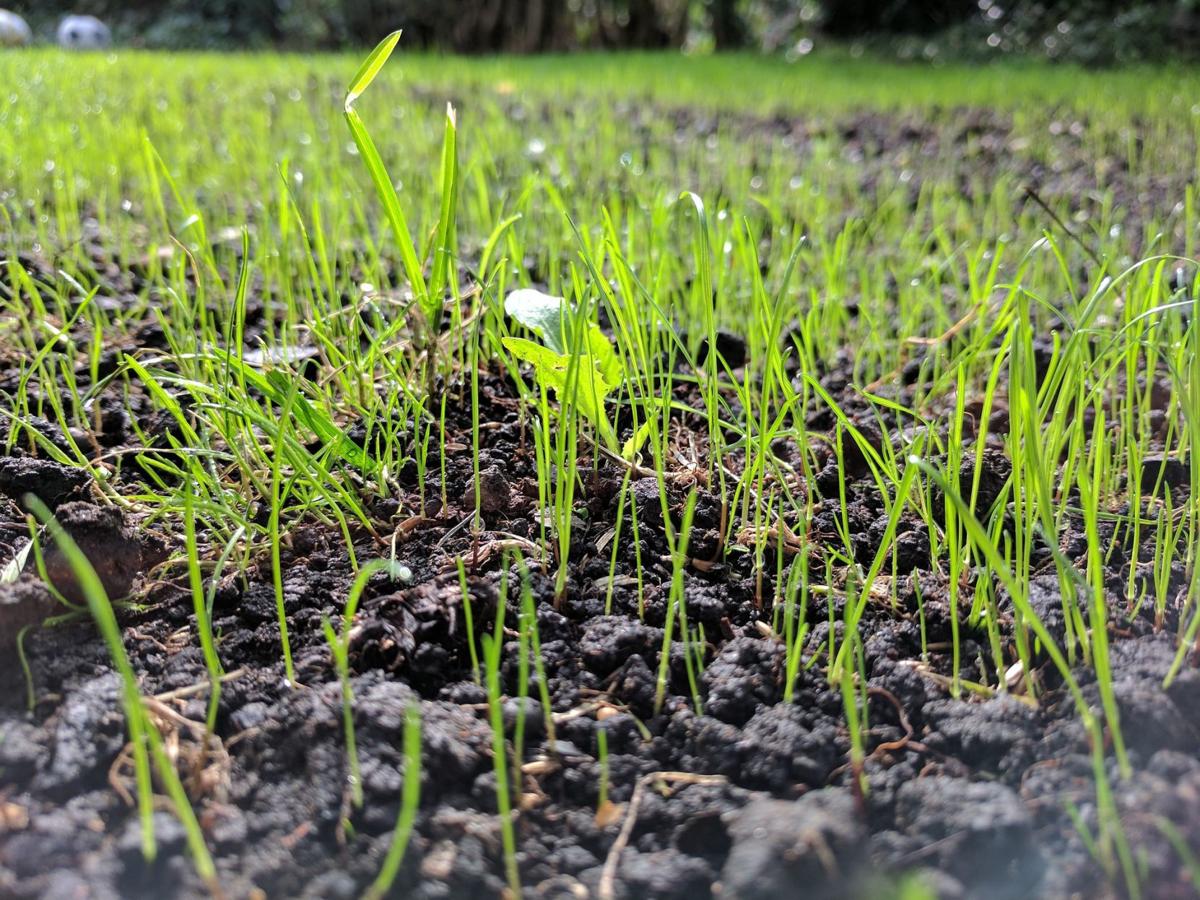
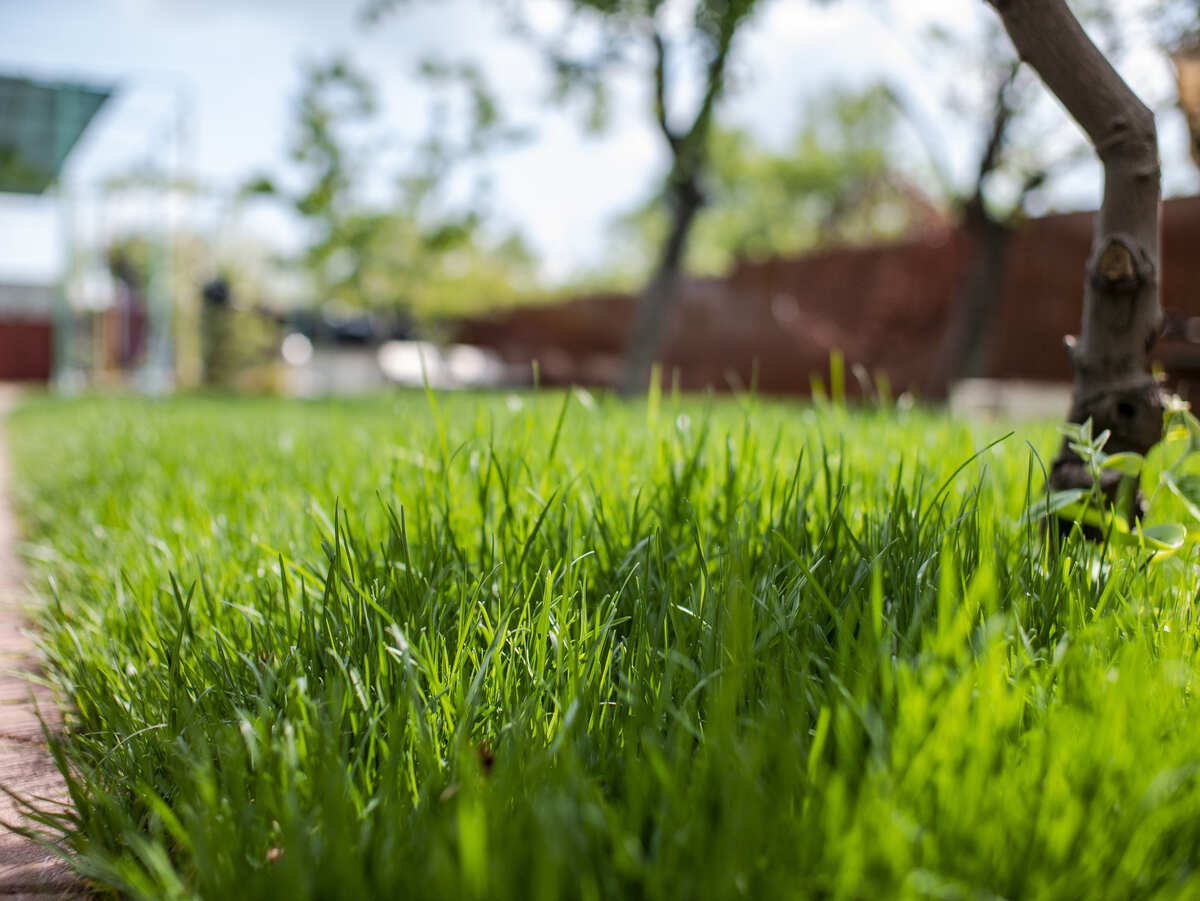
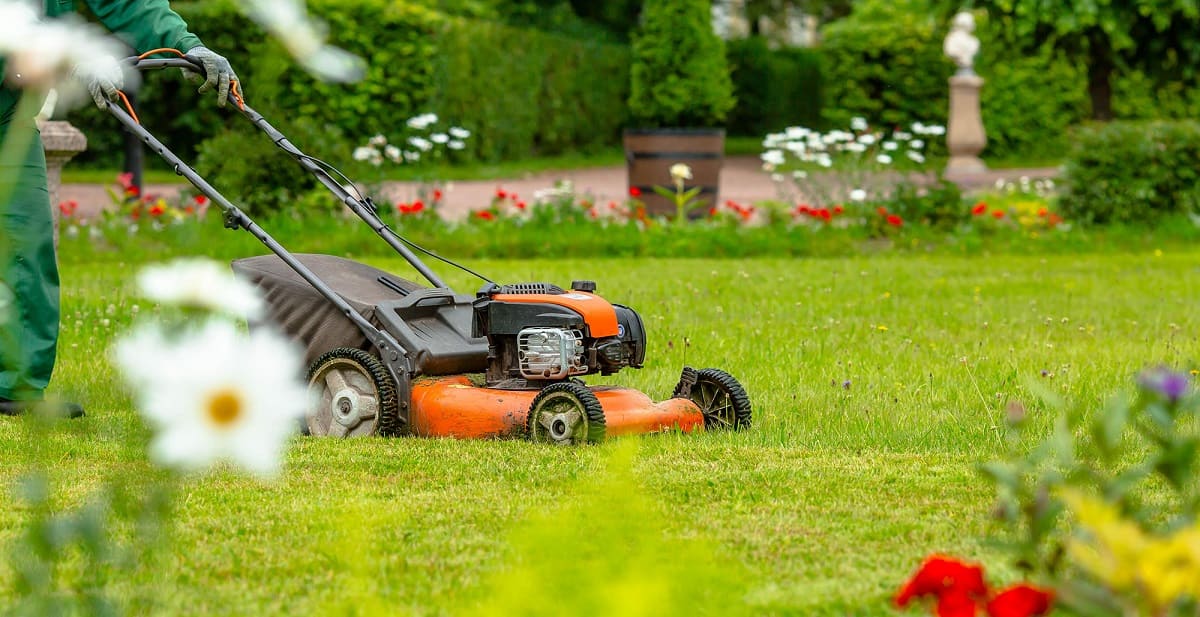

0 thoughts on “When To Plant Grass In Massachusetts In Spring”